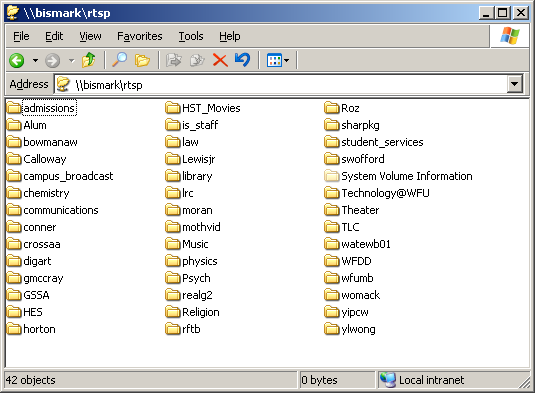
It is strongly recommended to choose a striped data disk with the VM deployment, as this will ensure the Perforce depot is saved to the new faster and larger drive. If the size of depot is large and you leave the VM client workspace to C:\p4depots as default, you may run into the issue of not having enough space on your C drive.
#Helix server hosting full
This will be a full sync between your Perforce server and VM client. Please check the size of your Perforce depot and make sure you have enough disk space on your VM. Once your game development VM is up and running, the pre-installed P4V client will be configured to know where the Perforce server is and will start the synchronization process from the server depot to your VM’s client workspace automatically.

It is a similar experience as you configure the Perforce connection inside your workstation. Select a Game Engine, and under the Version Control Tools Installed section, check the box Connect to and sync a Perforce depot.Navigate to Game Developer Tools tab when creating your Azure Game Development Virtual Machine.If you already have a Perforce Helix Core server, you can configure this game development VM to connect to the Perforce server during VM creation in the Azure portal. Configure the Perforce depot connection during VM creation If you don’t already have Perforce deployed, you can deploy Perforce from Azure.

This means you can spin up a brand new VM, pull down your assets onto the VM asynchronously, and have you ready to build your game project and collaborate with your team soon after logging in. The Azure Game Development Virtual Machine comes with Perforce Helix Visual Client (P4V) pre-installed, which enables the option to configure the integration with a Perforce depot to pull down your assets during and after the VM creation. The Perforce depot is a file repository hosted on the Helix Core server. Perforce Helix Core is a commonly used version control solution for the top AAA game studios.


 0 kommentar(er)
0 kommentar(er)
